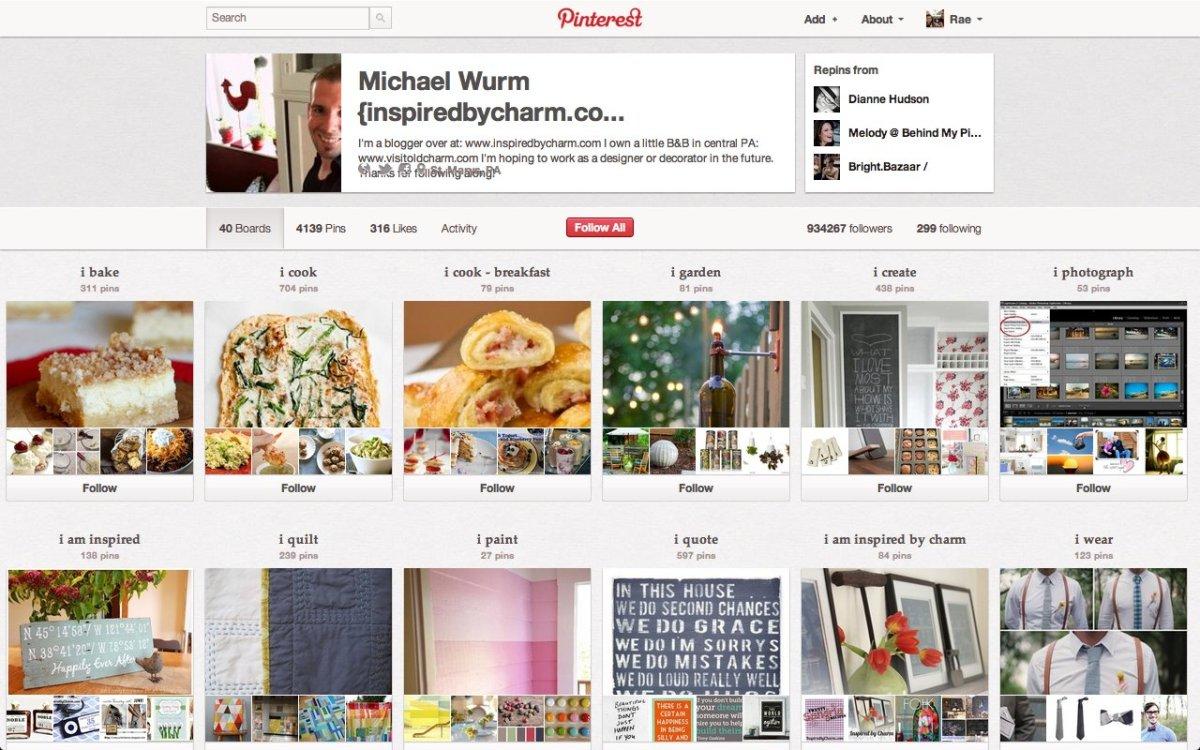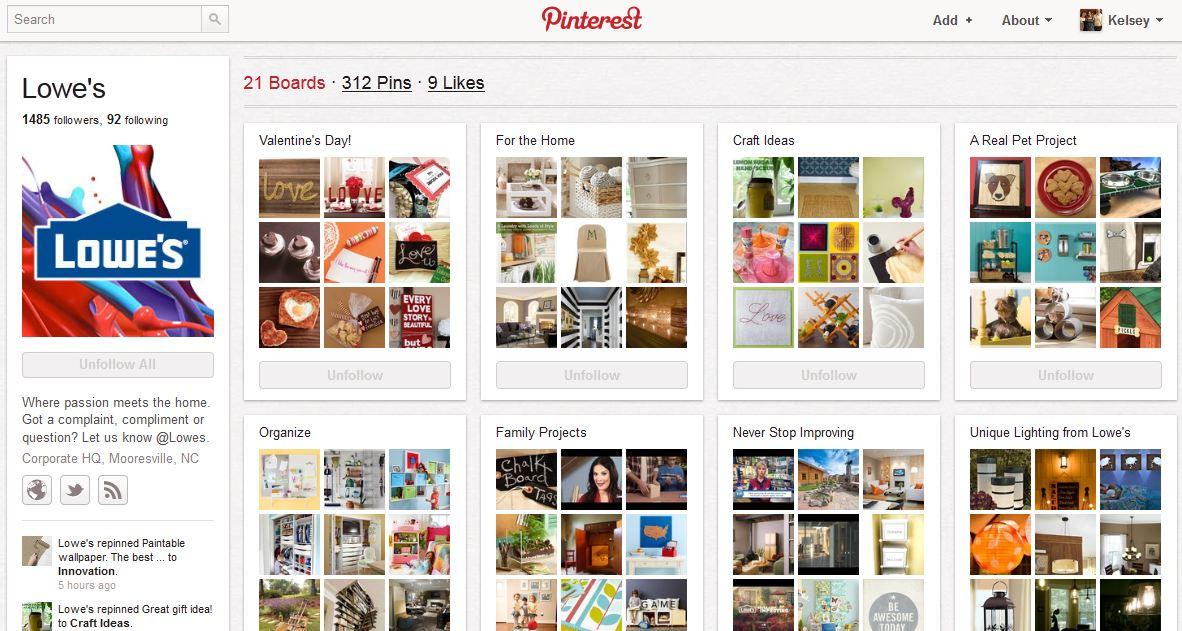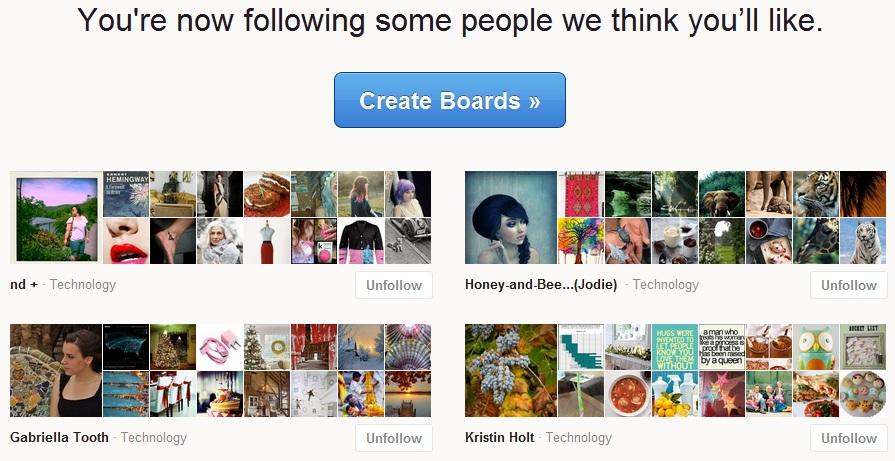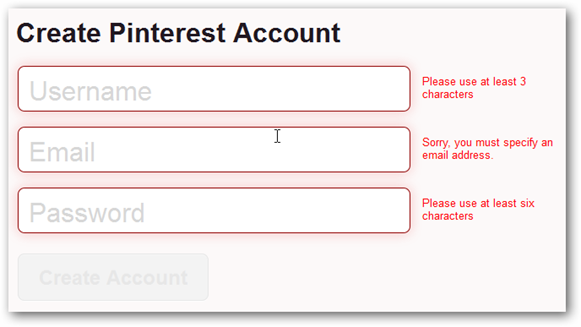Executive Summary
This report aims to provide information that will help the reader determine the utility of one of the most popular social media platforms, Pinterest. Social networking mediums have become prevalent in the recent past with a number of platforms achieving phenomenal popularity. The different media platforms offer opportunities for people to connect with other. Each platform might have some unique features that make it appealing to the user.
This paper provides a brief history of Pinterest and highlights the progress that this application has made since its inception. It then explains how users interact with the social media tool and what it does for personal and business use.
The document highlights the various advantages of using Pinterest for business and proceeds to identify the risks associated with its usage. It concludes by asserting that while the risks presented by Pinterest are real, the rewards are greater. As such, the paper recommends the use of this application for both personal and business purposes.
Introduction
Social media applications have become commonplace in modern society and many people use them for various reasons. Pinterest is one of the popular social media applications and it has a user base of over 70 million people. This web and mobile application company was founded by Ben Silbermann, Evan Sharp, and Paul Sciarra in March 2010. Two of its founders had extensive experience in the production of computer applications.
Before setting out to create the startup company, Silbermann worked as a product specialist at Google while Sharp was a product designer for Facebook. Sciarra was responsible for getting finances for the startup since he came from the world of venture capital. The initial launch of Pinterest was not available to the public and the application was only available on an invitation basis to a limited number of users. By the end of the first year, the application was only available to about 10,000 users.
By mid 2011, Pinterest was still in the beta testing phase but it was starting to gain popularity among users. Cario (2012) reveals that the growing interest in the site led to it being named “one of the 50 Best Websites of 2011″ by TIME Magazine. This positive review led to a phenomenal interest in the website by many users and the application had over 10million users by the end of the year 2011.
This was a remarkable achievement considering that the site was still in the public testing phase and membership was only possible through invitation. Miller (2012) notes that Pinterest set a record by becoming “the fastest site in history to break through the 10 million user mark during its beta phase” (p.23).
In its first two years of existence, the web and mobile application company was able to attract users without the influence or support of big brands and marketers. The site has continued to exhibit impressive growth and its user base is now above 70 million.
What Pinterest does for its Users
Pinterest essentially provides a platform for people to share various forms of media including images and videos. Users of the site create a pinboard where they can put images and videos that interest them.
By creating a pinboard, the user is essentially expressing his/her interest in the object shown on the picture. Miller(2012) confirms that users interact with the web service by pinning images on their personal Pinterest pages. The images are often copied from elsewhere on the web and stored on the user’s page where they are visible to all visitors of the board.

People use Pinterest to generate ideas on various subjects including fashion, gifts and art to name but a few. Miller (2012) explains that there are many pins of products that people would like to purchase or designs they would like to implement. Other users can view these pins for inspiration. Users are able to locate items that interest them through this network. There are numerous photos of crafts and collectible items on Pinterest. A person can therefore find these items by browsing the site and proceed to purchase them.
The website also enables people with similar interests to meet and share ideas. For example, art and food enthusiasts are able to connect with each other on this social network. Cario (2012) reveals that crafting bloggers regard Pinterest as a great source of information on style ideas. Professional and amateur photographers also make use of this application. As a visual social network, Pinterest is best designed to promote easy sharing and displaying of photographs.
One of the most significant advantages of Pinterest is that is helps users to easily discover relevant products online. Chafkin (2012) admits that there has been a problem of discovery on the web for many years.
When engaging in e-commerce, customers have to spend a lot of time trying to look for the ideal product. Search engines like Google and Bing are not efficient in providing relevant recommendations to the consumer. Pinterest has solved this problem of discovering by making it possible for individuals to get recommendations from their friends and people who share their interests.
Pinterest helps business users to increase their visibility in the market and enhance brand awareness among their customers. Companies are allowed to have their own pinboards in Pinterest. A business can display its products on its pinboards and attract users to visit its website or physical stores. Business users can also discover the interest of prospective consumers through the site.
Potential Advantages for a Business
This social media platform has great potential for business users. Pinterest can be used by businesses to attract new customers since it provides a way for the business to showcase its product to prospective customers in an alluring manner.
Harrow (2015) asserts that Pinterest can help a business foster a positive image thus helping it to attract new consumers. A company is able to present its products in a creative and eye-catching manner on Pinterest. According to Harrow (2015), companies are able to get users excited about products by making recommendations on the creative uses of products.

A great potential advantage of Pinterest is that it can introduce products to consumers who would never have considered the particular item without the use of this social media platform. When a person knows what he wants to purchase, he can visit an online or physical store that sells that product.
However, people are at times looking for novel things and they have no idea what these things are. Chafkin (2012) reveals that when you are looking for a product online without an exact idea of what it is, you will end up spending many hours sorting through thousands of competing products.
Even after spending all that time, you are likely to fail in your mission to discover something new and interesting. Pinterest helps overcome this problem by decreasing the time and effort required to discover new products that are likely to interest the user. According to Hempel and Konrad (2013), Pinterest excels at something that is hard or even impossible for most websites and applications; it helps people discover new things.

Another advantage of Pinterest is that its advertisements are indirect therefore making them non-invasive. A business is able to provide the potential consumer with information about its product without appearing as aggressive and invasive as it would when using other advertisement means.
The advertisements are part of the user’s experience since they are often related to the pins that already interest the person. Harrow (2015) explains that business pins never try to actively persuade the user to purchase a product. Instead, the pins are carefully styled photos that the user enjoys viewing. Phillips, Miller and McQuarrie (2014) reveal that Pinterest business users engages in an indirect form of persuasion where consumers are only presented with images of products that fit their consumption trajectories.
A significant advantage of Pinterest is that many of its users are aspiring to make future purchases when they use this platform. Generally, social networking sites contribute to business productivity by influencing people to make purchases. However, their contribution is limited since people use the sites for a number of reasons. Hempel and Konrad (2013) state that two of the most popular social media sites, Facebook and Twitter, are used by people to talk to each other.
In most cases, the discussions are not about the things that the users might consider buying. Pinterest is unique in that it is geared towards promoting consumption. Hempel and Konrad (2013) declare that “Pinterest users are more often in a shopping mindset when they are using the service” (p.111). A business that places its products on this site is therefore likely to achieve increased sales since many of the Pinterest users are interested in making purchases in the near future.
Risks when Using Pinterest
There are a number of privacy, security, and confidentiality concerns that people face when they use Pinterest for personal and business purposes. Users are at risk of having their privacy violated when they use Pinterest. Like other popular social media networks, this platform collects important personal information from its users. Phillips et al. (2014) observe that at the very least, an individual is required to provide basic information such as his/her email address, name, and photo before he/she can start using Pinterest.
Every bit of information that a user shares on the site is recorded and stored. In addition to this, Pinterest stores information that can help identify a user such as IP address and even GPS coordinates. The social media platform also uses software that enables it to track the activities of its users in other websites.

The social media application exposes the user to the risk of cyber-harassment and stalking. Like most of the other popular social networking sites, Pinterest allows its users to interact and discuss about anything they like. This exposes a person to cyber harassment which involves annoying or irritating an individual repeatedly through unwelcomed interaction on the social media platform. Cyber-harassment decreases the positive experience that a person might have when using Pinterest.
In addition to this, excessive harassment might lead to mental health issues such as anxiety, stress and even depression. The security of a person can be compromised by the social media. Pinterest allows a person to post personal information such as name, photograph, and even address. This information can be used by a stalker to keep track of the user, often without his/her knowledge or consent. In extreme cases, the stalker can physically trace the individual and cause him/her harm.
There is a lack of assurance of data confidentiality when using Pinterest. Confidentiality is the assurance that the information provided by an individual will not be given away to a third party without the consent of the user. Pinterest does not guarantee confidentiality since it shares the personal information provided by its users with third parties that pay for the information or require it in order to provide certain services to the social media site.
Compromises to User Hardware
Using Pinterest exposes the user’s hardware devices to a number of risks. Scammers have made use of Pinterest to install monitoring software on user devices. There are a number of Pinterest apps available on the internet. Some of these applications are built by scammers and they contain malicious scripts (Budd, 2012). Once installed on the user’s device, they allow the scammer to monitor activity and deplete the system resources.
There are spam profiles on Pinterest which are created to deceive users. These spam pins contain misleading information and links that are designed to attract the user to a fraudulent pin (Budd, 2012). In some cases, the pins are linked to phishing websites that are used to steal personal information from the user. The fake websites can also contain malicious software that can infect the user’s device.
The user’s device is at risk of a virus infection when he/she uses Pinterest. Pinterest relies on visual content to function and users interact with the site by viewing, sharing, and posting images. Budd (2012) reveals that Programmers are able to insert malicious code into images that can then be posted on Pinterest. When a user downloads this infected image, it contaminates his/her device. Viruses have many damaging effects on the user’s device and they might even cause it to crash.
Conclusion and Recommendation
This paper has shown that there are a number of risks and rewards associated with using Pinterest. As with many other social media platforms, Pinterest presents the risk of user privacy invasion. At a minimal, the user must provide some basic personal information before using the application and additional information is given over the course of using the platform. Pinterest stores this information and it can share it with third parties therefore compromising user privacy.
Personal security can also be compromised when the social media application is used to stalk the user or defame him online. Spam and malicious programs can also be uploaded to a person’s device from this media. On the other hand, the user obtains a number of important rewards from using the media. He is able to discover interesting products and get inspiration for his creative endeavors. The media also presents a platform for people to express their creativity and get ideas from people with similar interests.
Business users are able to attract new consumers who discover products through Pinterest. The business is also able to establish a positive relationship with its customers by engaging them on the social media. Since Pinterest users have a shopping mindset, the application contributes to the increase of sales in businesses. Therefore, while the media has some risks, the benefits appear to outweigh these risks. The application offers significant rewards to both the personal user and the business.
There is some inherent risk that a person exposes himself to when he chooses to use the internet. This applies for social media applications such as Pinterest. Considering the significant benefits that Pinterest presents its users with, I would use this medium both personally and for business purposes.
In my opinion, the risks presented by this media are limited and they should not stop a person or business from using Pinterest for business or personal activities. In addition to this, the risks can be minimized even further by adopting best practices while online.
References
Budd, C. (2012). To Pin Or Not To Pin: 5 Security Risks Businesses Should Understand Around Pinterest and What They Can Do About Them. Web.
Cario, J. (2012). Pinterest Marketing: An Hour a Day. NY: John Wiley & Sons.
Chafkin, M. (2012). Starring Ben Silbermann as the Pinup Kid. Fast Company 169(1), 90-98.
Harrow, S. (2015). Five Stellar Pinterest Tips for Small Business Owners to Get Crazy-Good Results. Web.
Hempel, J., & Konrad, A. (2013). Is Pinterest the next Facebook? Fortune 165(5), 108-114.
Miller, M. (2012). My Pinterest. Boston: Que Publishing.
Phillips, B. J., Miller, J., McQuarrie, E. (2014). Dreaming out loud on Pinterest. International Journal of Advertising 33(4), 633-655.
